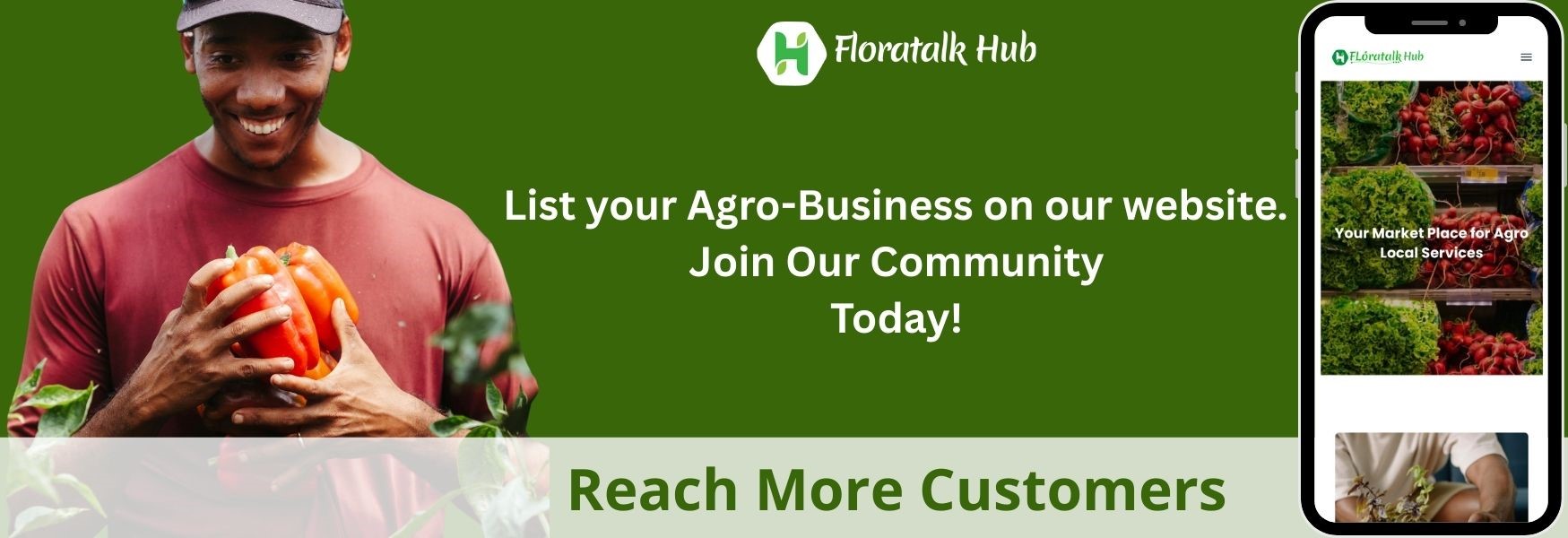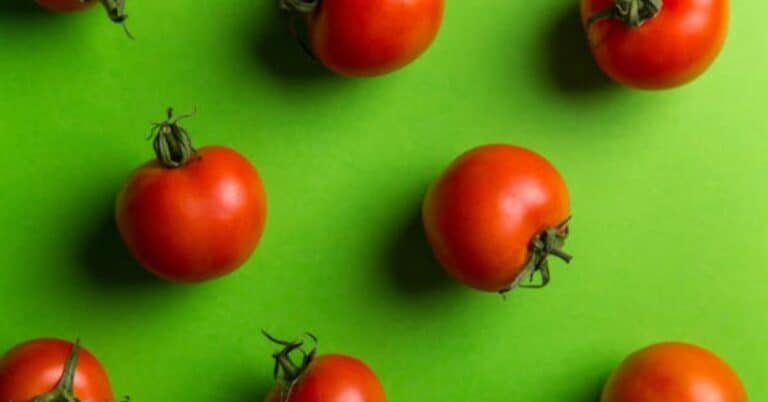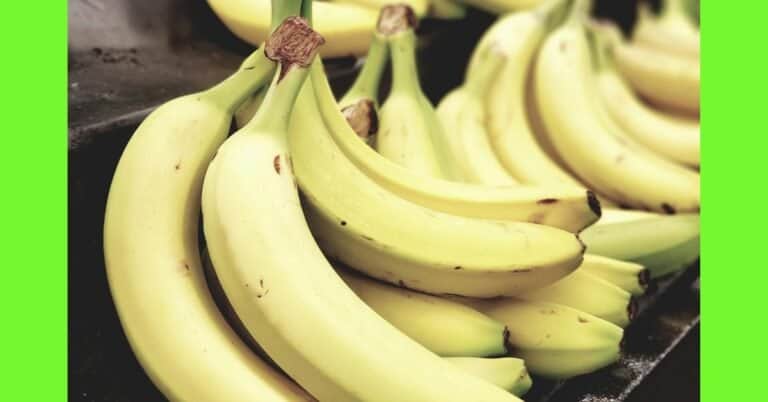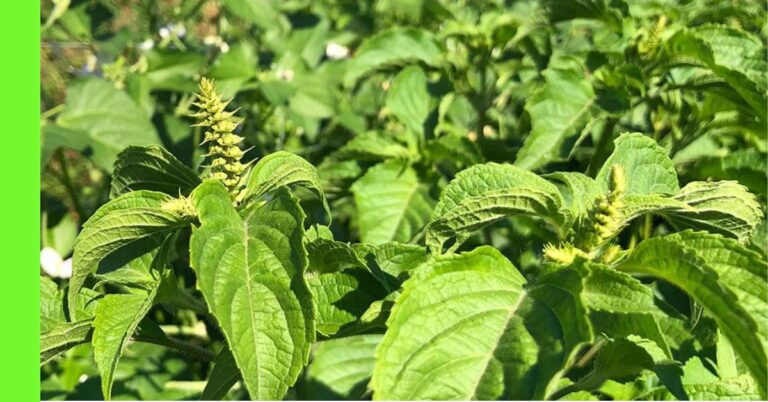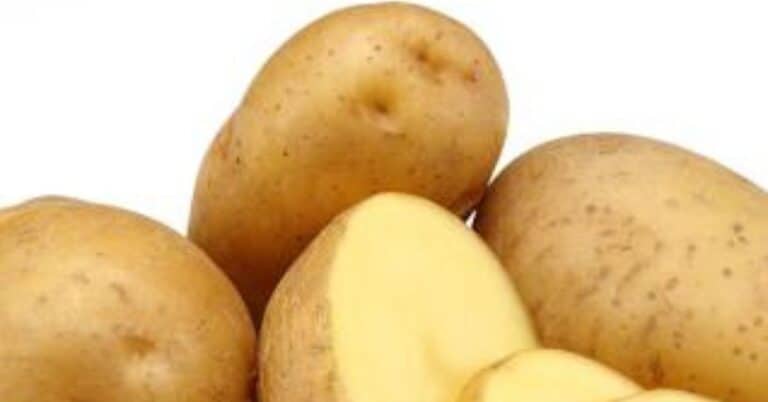Plantain: Simple Facts, Uses You Want To Know
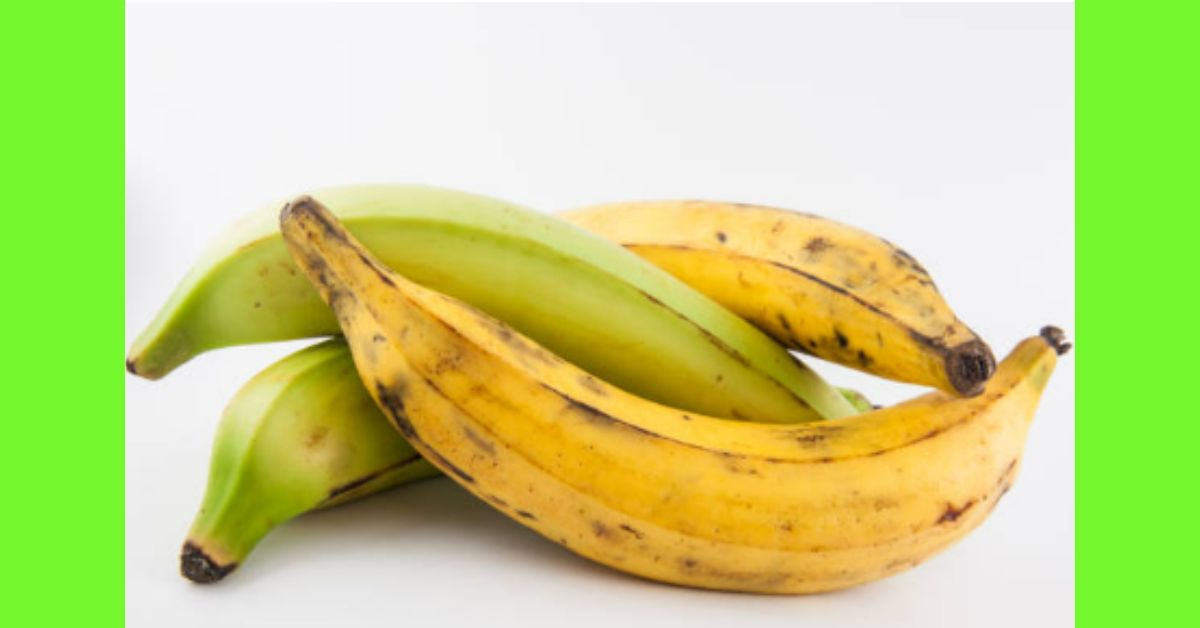
Plantain is a popular crop in Nigeria, this crop is always available in the market all year round but it’s more in abundance between January – March at this time of the year it’s quite cheap.
Botanically plantains are called Musa paradisiaca.
In Nigeria it goes by different names depending on the tribe.
The Igbo’s call it Ojoko
Yoruba’s call it Ogede agbagba
Hausa’s call it Agada
It’s an important crop as the crop is one of the country’s staple foods and it’s eaten in various ways.
Apart from Nigeria the crop is also found in other West African, African countries and some parts of Asia.
Plantain is a tropical plant and grows well in tropical regions.
In some regions where plantains are not popular they are often referred to as cooking bananas.
Description
The plantain crop or fruit referred to as fingers are between 15 cm (0.5ft) – 30 cm (1 ft) long.
Its made up of the peel or outer cover and the flesh
When unripe the skin is green and turns yellow when ripe and further turns black when it’s very ripe and getting close to spoilage.
Most times ripe plantain outer skin is black and yellow in colour.
The flesh is starchy and firm
when unripe the colour of the flesh ranges from pale peach to white or light yellow colour.
When unripe plantains are cooked they turn yellow.
Ripe plantains are yellow in colour and when cooked they have a bright yellow colour.
Unripe plantain has a bland taste while ripe plantain has a sweet taste.
The crop is both eaten ripe or unripe
For unripe plantain it must be cooked, ripe plantain can be eaten raw like banana.
Just like bananas, they come in bunches.
Are Plantains Bananas?
Although plantains and bananas look alike they are not the same and when you get familiar with them there differences will be very obvious.
Let’s take a closer look at some of the similarities and differences.
Similarities between plantain and banana
- They both belong to the same Musaceae family
- They are both green when unripe
- A single crops is referred to as finger
- The crops have very similar structure
Differences between plantain and banana
| Plantains are longer and bigger | Bananas are shorter and smaller |
| When ripe it turns yellow and black | When ripe it turns yellow |
| They are cooked before eating | Its eaten raw |
| The flesh is yellow when ripe | The flesh is white or cream in colour |
| Plantains have more starch | Contains less starch |
| Tougher outer skin or peel | Lighter outer skin or peel than plantain |
Nutritional Information
| 100 g of Raw Unripe Plantain | 100 g of Raw ripe Plantain | |
| Calories | 128 kcal | 122 kcal |
| Moisture | 59.4 g | 65.2 g |
| Protein | 7.7 g | 1.3 g |
| Ash | 1.5 g | |
| Fiber | 1.4 g | 1.7 g |
| Carbohydrate | 24.4 g | 31.89 g |
| Sodium | 80 mg | 4 mg |
| Potassium | 120 mg | 487 mg |
| Calcium | 66 mg | 3 mg |
| Magnesium | 275 mg | 36 mg |
| Phosphorus | 195 mg | 32 mg |
| Iron | 2.53 mg | 0.55 mg |
| Zinc | 3.7 mg | 0.19 mg |
| Total Sugar | 17.51 g | |
| Total Lipid (Fat) | 0.35 g | |
| Source | AJOL | USDA |
Uses Of Plantain
Plantains are used for numerous purposes in the broad categories listed below;
- Culinary uses
- Economic uses
- Agricultural Uses
- Medicinal/Health Uses
- Materials and Fuel
Culinary Uses
In Nigeria, it could be eaten boiled, roasted or grilled, fried and served with soup, sauce or stew, or made as plantain porridge either with the ripe or unripe plantain.
It also can be fried, making it into crispy plantain chips when it is unripe and also when it is ripe, it can still be fried and used to eat oats, pap, rice or even beans.
The Yoruba’s call ripe fried plantain “dodo”, and roasted plantain “bolle” or “boli”.
Roasted plantain are served with sauce made with palm oil or taken as snacks with groundnuts which is a common street food.
In the Niger delta region roasted plantain is served with beans.
The various ways in which it is prepared has its unique taste.
Plantain is also boiled and pounded to make swallow,
Plantain flour: In Nigeria, the crop is also processed into flour,
The plantain flour is used to make what is called “swallow”, which can be eaten with any kind of soup such as Okra soup, ewedu etc.
Plantain mosa is another snack made with plantain.
In different parts of the world, it can be enjoyed in different ways.
A delicious small snack that is popular throughout many Latin American and Caribbean nations is plantain fritters.
A traditional Dominican dish called mangú is usually eaten for breakfast, lunch, and dinner.
Containing mashed and boiling plantains accompanied by eggs, cheese, and salami.
In several parts of the world there is a diversity of how plantain is eaten.
2. Economic Uses
Plantain peels are a good way to create many other products that will enhance economic revenue on an individual or national level .
- Peels from plantains are commonly utilized in the soap-making process.
It produces potassium hydroxide, an excellent supply of alkali, and ethanol, making it a useful source of raw materials for soap production.
To make soap, it is roasted, heated to a very high temperature, and then added to the mixture.
Plantain peels are an essential component of soap making and should not be excluded in any way.
- Because the peels have a greater cellulose and lignin content than softwood and contain fine fiber, they can be used as a raw material to replace wood in the paper-making industry.
3. Agricultural Uses
Since plantain peels are used to make organic fertilizer and compost manure, they are also frequently employed to increase crop yields.
It is a valuable source of crop manure and can be utilized to enhance crop quality.
- Farmers view these peels as extremely valuable and significant since they save money on the cost of using additional chemicals to increase crop output.
- Research shows that the peels have proven to be a nutritional feed to cattle, pigs, rabbits as well as other ruminants. It reduces the cost of purchasing maize as it can be used as a substitute for feeding animals instead of maize.
- It is a good replacement for cornstarch in snail diets because it is widely available and significantly less expensive than maize. Given its high nutritional content, feeding livestock with it is quite acceptable.
- It serves as a nutritional component for the animals and lowers the expense of purchasing feed for livestock.
4. Medicinal Uses
The leaves, flesh and the peels are said to have lots of medicinal properties and are deployed in traditional medicine.
5. Material and Fuel
The fibers of the crop can be utilized to create matting, paper, and ropes.
Hope you found this article useful?

